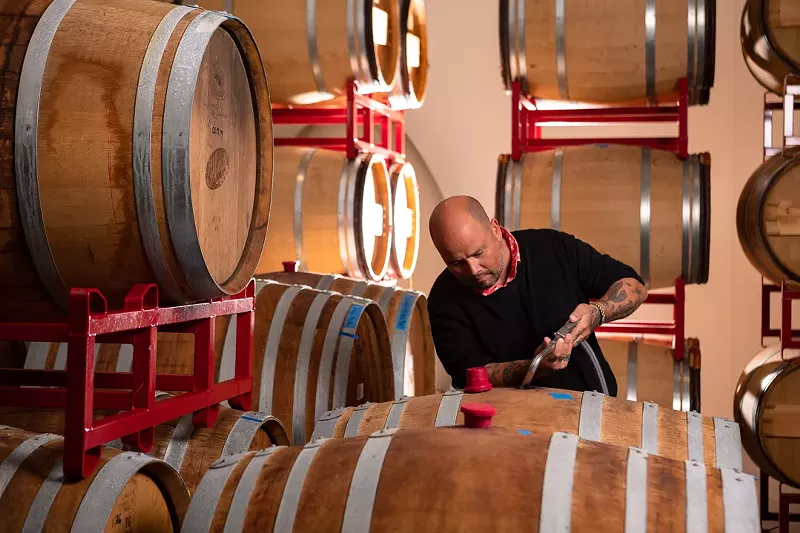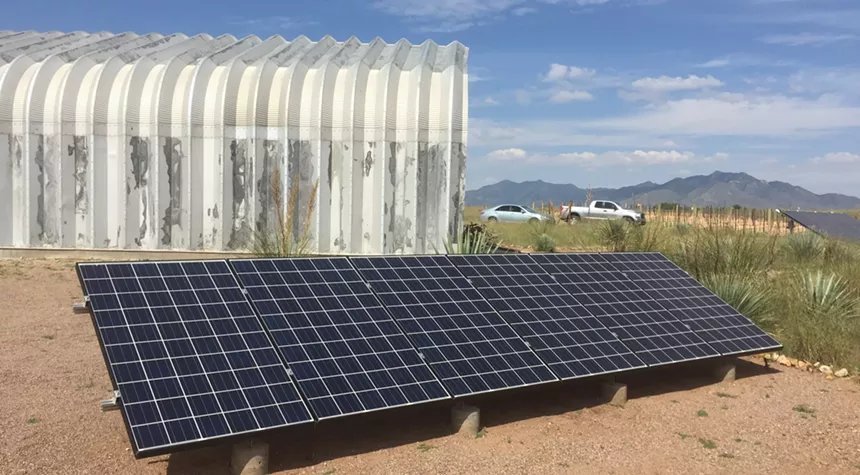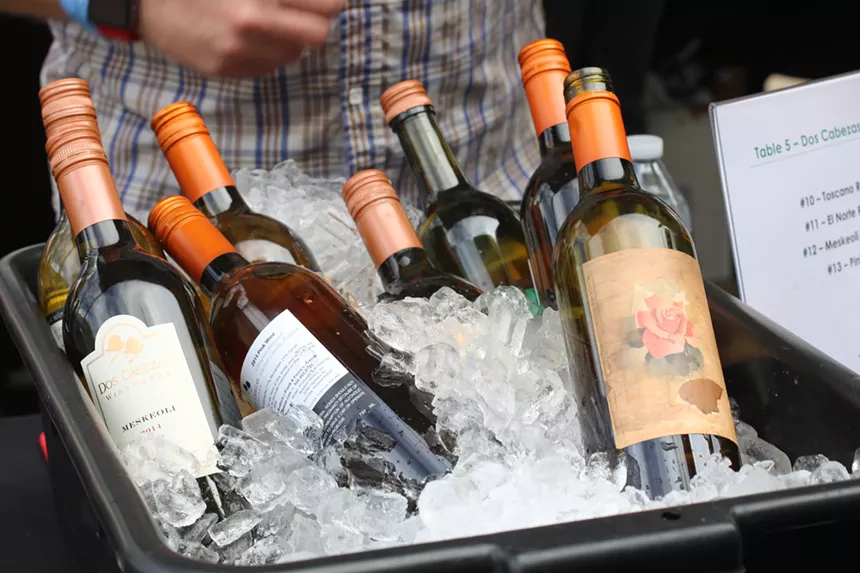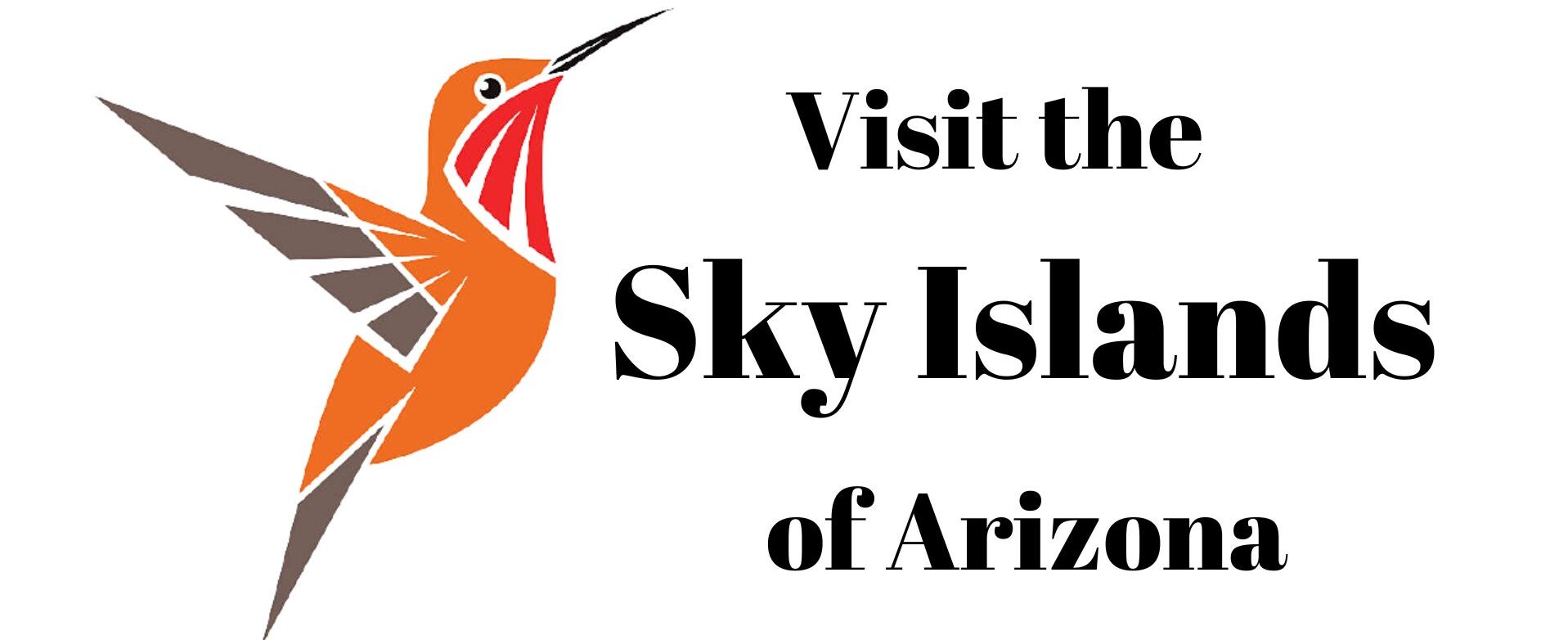Reprinted by permission of The Phoenix New Times – Author, Sarah Crocker

An 800-person town in southeastern Arizona with some of the state’s oldest wineries may be on the precipice of becoming the “next Napa,” according to Wine Enthusiast.
The magazine featured five regions across the United States that could make the same leap that the rural northern California area did decades ago.
Today, Napa Valley is synonymous with American wine and attracts millions of visitors each year to high-end tasting rooms, tours and experiences. It wasn’t always that way. Napa wines weren’t taken seriously until 1976, when a blind-tasting panel in Paris selected a white and red from the region as their favorite sips. That initial shock brought some visitors to the area, but tasting rooms stayed casual until 2000, when wine tourism to the region set in.
Having a variety of tasting rooms, other drinking and dining options, activities and accommodations were key factors that informed Wine Enthusiast’s “next Napa” list.
The destinations include western North Carolina, Texas Hill Country, New York’s Finger Lakes and McMinnville, Oregon. In Arizona, Sonoita made the cut.
“The last few decades have seen rapid growth in wine regions beyond Northern California,” the article explains, “As vineyards and winemakers in these regions mature, so too does the tourism.”

Arizona’s commercial wine industry is younger than that of Napa Valley and other parts of the country. It was initially led as an experiment in the 1970s by Gordon Dutt, who would go on to launch Vina Sonoita Vineyard in 1979. That grew and evolved into Sonoita Vineyards in 1983.
In the past 25 years, the wine industry in Arizona has grown from 12 makers to 156, who produce more than 700,000 gallons of wine. Tourists visiting for wine-centric trips spent $241 million in 2023, according to the Arizona Office of Tourism.
Sonoita, located just over 50 miles southeast of Tucson, is essential to Arizona wine. This high-desert hamlet was the first of three American Viticultural Areas to be recognized in the state. This federal designation formally recognizes an area’s unique terroir, which informs how a wine tastes.
The area, which includes the nearby town of Elgin, is home to a dozen wineries, per the American Winery Guide. With elevations of 4,000 to 5,000 feet, the terrain and temperatures mimic Sonoma, California, Arizona’s tourism group says.

The region is home to Callaghan Vineyards, which founder Kent Callaghan started in 1990. Dos Cabezas WineWorks has called southern Arizona home since 1995, producing wines from two estate vineyards that inspired other local wine pioneers and helped put the state on the winemaking map.
In its travel guide, Wine Enthusiast highlights Callaghan and Dos Cabezas along with the off-the-grid Rune Wines and Los Milics Vineyards, which is owned by Mo Garfinkle and Pavle Milic. Milic is a familiar face in the Valley. He’s the co-owner and beverage director at FnB, the seasonally driven Scottsdale restaurant led by chef Charleen Badman. Los Milics has a tasting room in Old Town less than a quarter-mile from FnB.
In between sipping on a malvasia bianca at Callaghan or checking in at the modern casitas at Los Milics, wine tourists can kayak on Parker Canyon Lake, browse galleries in Patagonia or order a pie at Pronghorn Pizza, the magazine suggests.
The idyllic era of Napa is long gone. For those seeking a wine-soaked weekend with bygone charm, Sonoita may be your next destination
